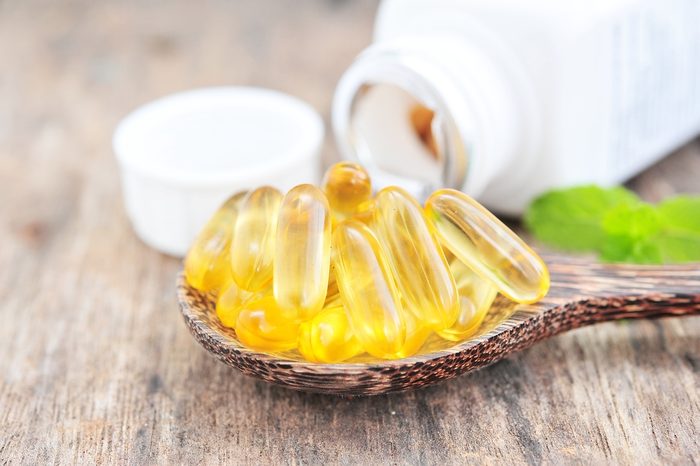The problem: Vitamin D isn’t found in many foods
About 10 to 15 minutes of sun on the arms and legs a few times a week can generate nearly all the vitamin D we need. That’s because the vital bone-strengthening vitamin (here are 23 health benefits of vitamin D) is the only one that your body can make itself. “But with desk jobs and increased sunscreen use, sometimes it’s not possible to get enough sun exposure to get your vitamin D,” says Wesley McWhorter, RD, chef and dietitian at UTHealth School of Public Health in Houston. While there aren’t many rich food sources of this vitamin, the following will ensure you’re getting your fill. And you can figure out if you’re falling short by watching for these 9 signs your body might not be getting enough vitamin D.
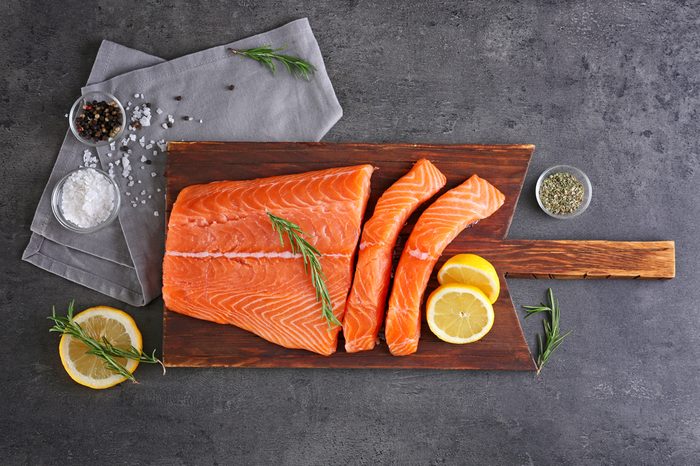
Fatty fish
Fatty fish (like salmon, halibut, cod, and tuna) is one of the best food sources of vitamin D, says McWhorter. A 3-ounce fillet delivers around 154 to 566 International Units (IU), which can help you reach the 600 IU that experts recommend most adults eat daily.
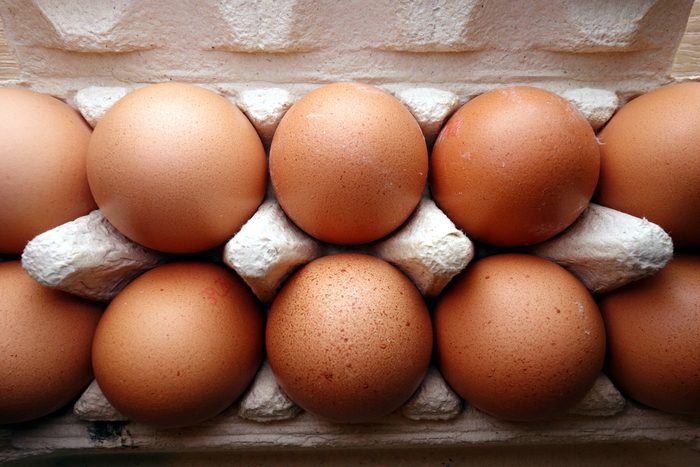
Eggs
Eggs are also a source of vitamin D, especially the yolks—in fact, all of the vitamin D in an egg is found in the yolk. “But definitely eat the whole egg, because you get so many other nutrients from eggs,” says McWhorter. One large egg contains roughly 40 IU of vitamin D. Wondering whether your numbers are adding up? Here are the signs you should get your vitamin D levels checked by a professional.
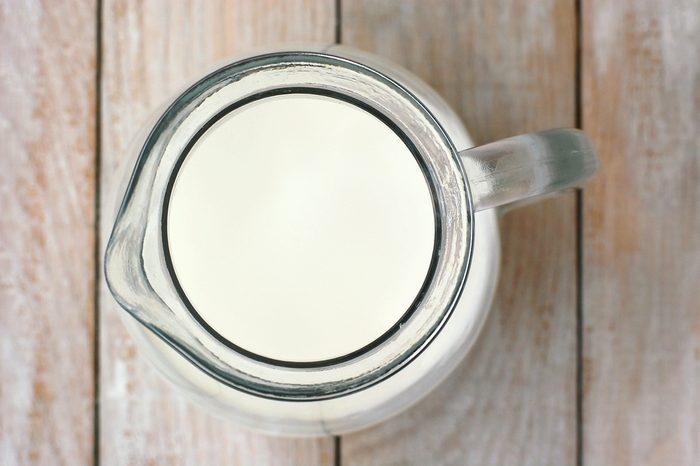
Fortified foods
One way to get your recommended vitamin D allowance is to choose fortified foods like milk, cereal, and orange juice with added vitamin D (check the label). Some can contain at least 100 IU of vitamin D. Just remember, there are caveats to getting your nutrients from fortified foods. Look for high fiber and low sugar content in cereal, and don’t heavily rely on juice for your vitamin intake. “It’s always better to eat food rather than drink juice because juices don’t provide fiber and can contain too much sugar,” says McWhorter.
Cod liver oil
In just one tablespoon, cod liver oil contains about 1,300 IU of vitamin D—more than any other food on this list. It is also rich in omega-3s and vitamin A. “Just keep in mind that it’s always better to consume the food than depend on a supplement,” says McWhorter. Here’s what you should know before taking a vitamin D supplement.
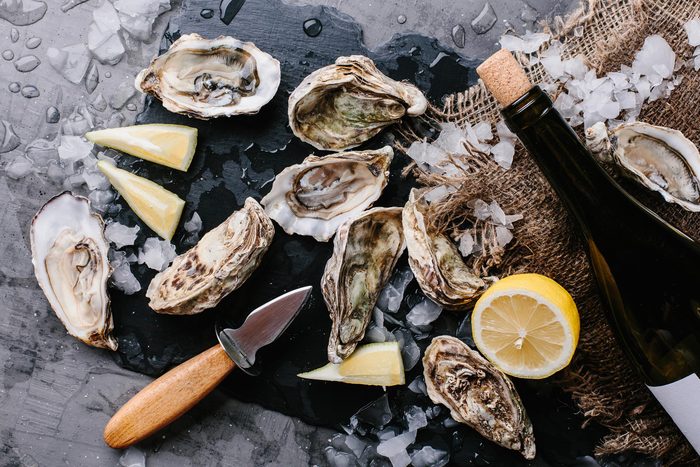
Oysters
Oysters are surprisingly high in nutrients like vitamin D, vitamin B12, copper, zinc, and selenium with a super-low calorie count (roughly 57 calories for a half-dozen.). They contain almost 300 IU per a half-dozen serving, or even more, depending on the type of oyster. Discover the diets that put you at risk for a vitamin D deficiency.
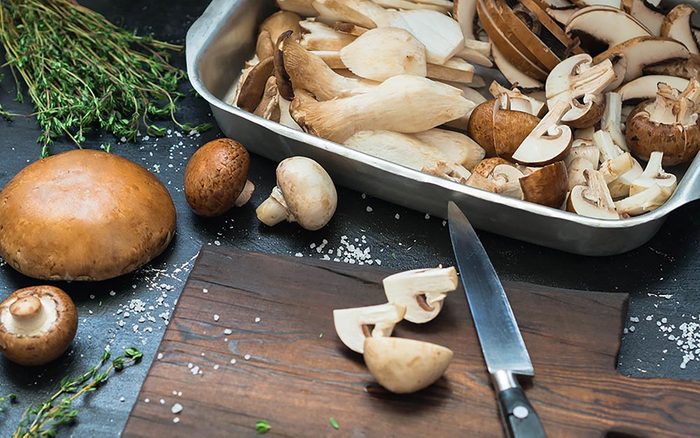
Mushrooms
Mushrooms are the only plant-based food that can contain vitamin D, aside from fortified foods, says McWhorter. Just like humans, mushrooms produce the vitamin only when exposed to light, so those grown indoors may contain very little. If you are planning on getting your vitamin D from mushrooms, experts from Berkeley recommend making sure they’re exposed to adequate levels of UV light or sunlight (some companies specifically advertise this; while vitamin D content varies, some types can provide the daily recommendations with just one serving).


